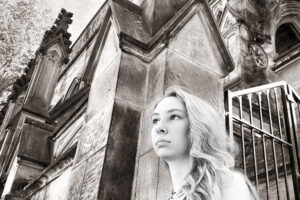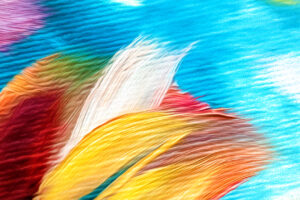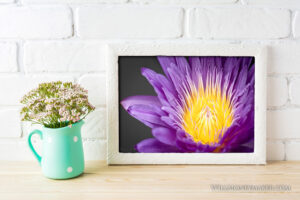As we grow and advance as photographers, most of us start experimenting with different tactics and techniques in order to produce new, interesting images. In fact, I would hazard a guess that most of us go through different phases of experimentation. For a little while, we might be interested in creating things like HDR images, or we might devote several months to working mostly in black and white. That’s what photography is all about—experimentation that leads us to try new things and growing as we develop our art.
At a certain point, many of us will probably use mistakes—or technical errors—as an intentional artistic technique. I’m sure you’ve seen it done before. Things like overexposure and underexposure are very common ways to manipulate a photograph to produce a certain effect. Sometimes, we might deliberately miss the focus on an image just because we want that soft-focus effect. In post-processing, we might be going for a surrealist look, which means that we will deliberately increase saturation or some other factor farther than we usually might because we want the final image to have a deliberate unreal quality to it.
And, of course, there is nothing wrong with making these deliberate mistakes for the sake of art. All forms of creativity are valid, no matter what techniques you use or how you choose to approach it. But these deliberate mistakes can be a little bit problematic at times. You’re probably wondering how that can be if you’re making them on purpose.
The problem arises when the mistakes don’t actually look like they’re on purpose. Put yourself in the position of an outsider looking at your photograph. If there is any question, any doubt at all in the viewer’s mind that the mistake you’ve made on purpose might actually be an accidental flub, then that is exactly what they’ll assume—that you made the mistake on accident.
So how do we avoid our deliberate mistakes coming across as accidental mistakes? The answer to that question is to seriously push the boundaries. If you choose to use one of these tactics, then remove all doubt from the mind of the onlooker. Make it quite clear that whatever you have done to an image, you’ve done it on purpose.
In other words, use the “go big or go home” mentality when you try these types of techniques. For example, if you’re deliberately overexposing an image, don’t make it only slightly overexposed. Push it so that the highlights really flare and so that the overexposure effect is very apparent. This signals to viewers that you didn’t simply overlook the mistake, but that you wanted the image to be bright and full of light. The same is true of underexposure. If you’re going to make it dark, then make it really dark so that there is no doubt that you intended for the image to come across as shadowy.
The list of examples goes on. With soft-focus effects, did you simply botch the focus, or were you deliberately softening because you wanted a bokeh effect or for your portrait subject’s skin to look smooth and ethereal? When an image is just slightly oversaturated, it may look like the photographer isn’t quite used to using post-processing software yet, or maybe they got a setting wrong on the camera, but if the image is supersaturated, people will know that you intended for the colors to be bright and bold.
These deliberate mistakes are a fun way to create unusual, surreal pieces of art. But it’s important to remember that just as you normally take care to avoid mistakes, when you employ techniques like this, you’ll need to take care in the opposite direction. Push the boundaries of what is considered correct to illustrate that you know where the boundaries are and when to go past them.
Now go and enjoy the beauty of God’s creation through your lens.




